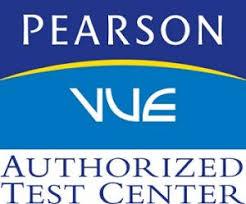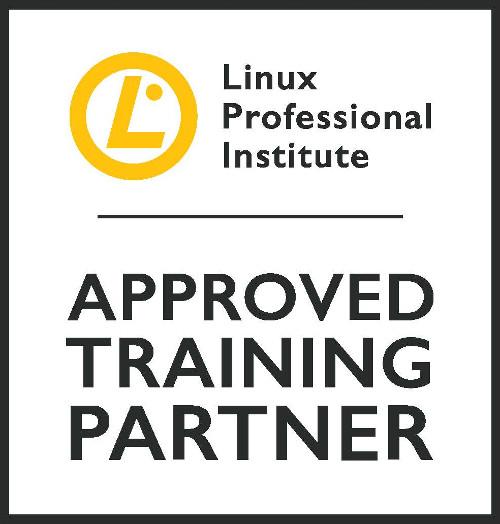Big Data Consulting & Training Services
Jumping Bean can enable your company with Big Data infrastructure and processes. We will engineer the Big Data solution that's right for you. We can assist with the development of data extraction, loading and transformation processes, performing data analysis, reports writing and AI/ML.
Our team of experts can assist with developing the big data architecture, data pipeline that is efficient, effective and affordable, to meet your business requirements. Whether it's AWS, GCP,Azure or on-premises; we can assist.
Our training division can also assist in the upskilling of your knowledge workers and technical staff via our Big Data training programmes.
Big Data Engineering
Whether it's on-premises, multi-cloud and/or hybrid cloud we can assist in the set up and configuration of your big data infrastructure that fits with your strategic objectives and risk profile. From the Hadoop ecosystem with Hive, Spark and Pig and standard services such as Kafka clusters and HDF or ceph storage clusters, to cloud hosted solutions with Google Big Table, Big Query and Dataflow or AWS's Redshift and Elastic reduce Map; we can build an infrastructure solution that will scale with your data and analytical requirement growth.
Big Data Processing
Need assistance with the creation of your Big Data pipeline? Our engineers can assist in the creation of efficient processes that can scale with your data growth. Need to integrate and consolidate data sources into your data lake or specialist data warehouse like stores? Whether its on-premises or in the cloud we will help you select the best components to meet your budget and policy requirements. Our developers can assist with the writing of map/reduce jobs, the development of Hive, Spark or Pig scripts to transform and enrich your data.
Data Scientists and Data Analysis
Looking for data scientists to assist with the interrogation of your data? Our pool of expert resources can be made available to you. Part mathematician, part computer scientist and part trend-spotter our data scientists can sift through your data, panning for the gold nuggets that it contains.
Big Data Training
Our training division will sit with your management team, after performing a skills-gap analysis and develop a unique training plan for your staff. Whether it's data analysts or infrastructure and cloud engineers or developers requiring retraining or refresher courses our training team is up to the task.
Continual training and skill development is the new norm and any corporate looking to keep up with the latest technological developments and their competitors will need to integrate a long-term training and skill acquisition programme into their yearly planning cycles. Jumping Bean is the team to speak to get the best results.
Our Business Partners







Gold In Them Big Data Hills - What and Why of Big Data
Big Data is an all-embracing label for the evolution of business intelligence practices, methodologies, and technical infrastructure that has qualitatively transformed business reporting, data analysis. Now powerful tools and algorithms are within the reach of even small and medium enterprises.
Big Data Democratization
The amount of technical and analytical skill required to configure complex infrastructure and perform advanced data manipulation and analysis has been reduced to such an extent that users of reports can now generate them themselves and gain valuable insights.
The cloud revolution means that niche experts can spin up the required infrastructure in minutes and apply machine learning logarithms at the click of a button. All you need to bring is the data. The data that is busy accumulat5ing at a rapid rate on your storage systems.
Big Data = Big Value
Data is the new gold rush. "There is gold in them mountains of data". This is what drives the value of Google, Facebook and Amazon. We are here to assist you in your big data strategy, implementation, and analysis.
Please contact us for any queries via phone or our contact form. We will be happy to answer your questions.
Ferndale,
2194 South Africa
Tel: +2711-781 8014 (Johannesburg)
+2721-020-0111 (Cape Town)
ZA
Jumping Bean Contact Form!